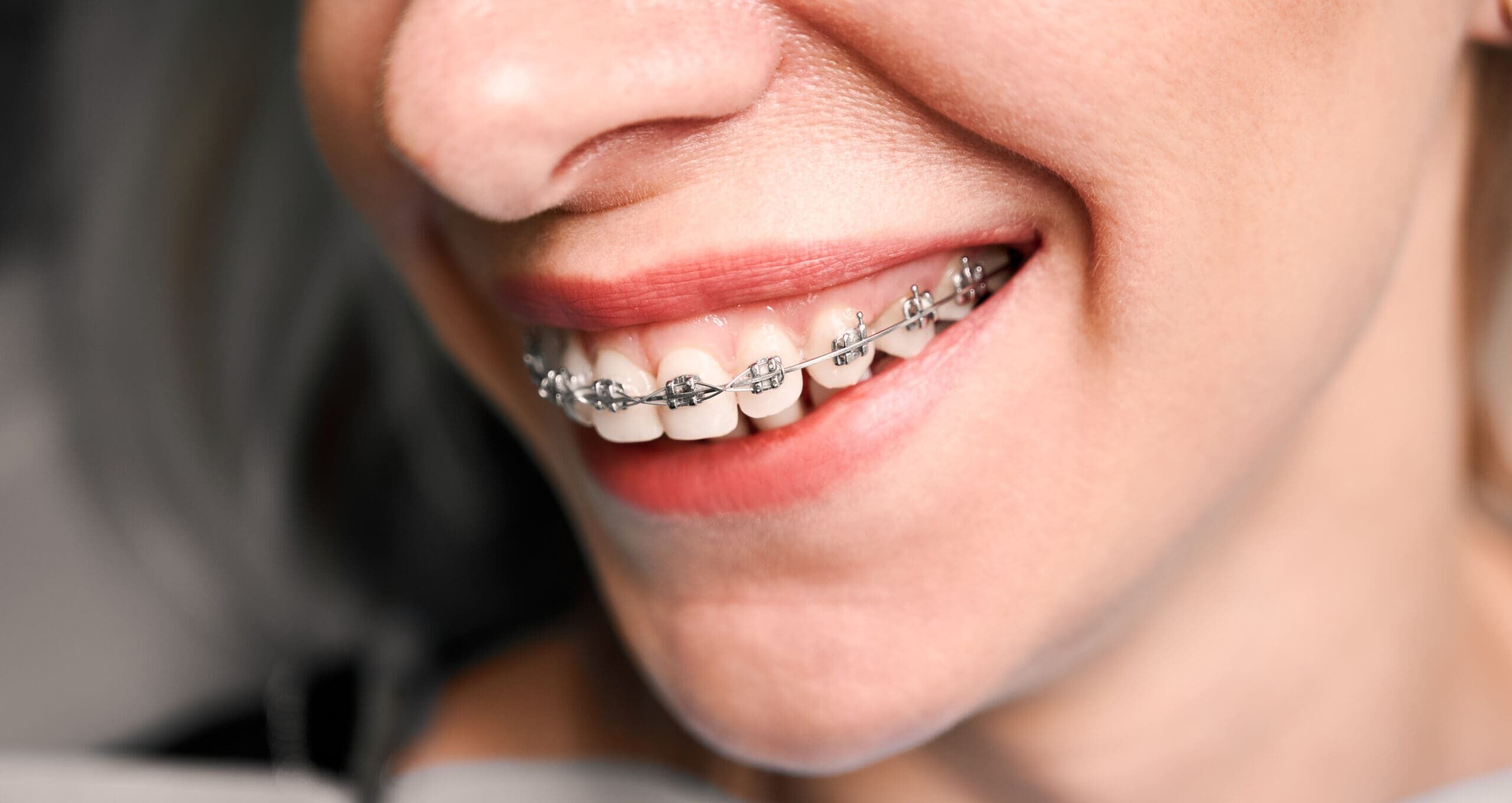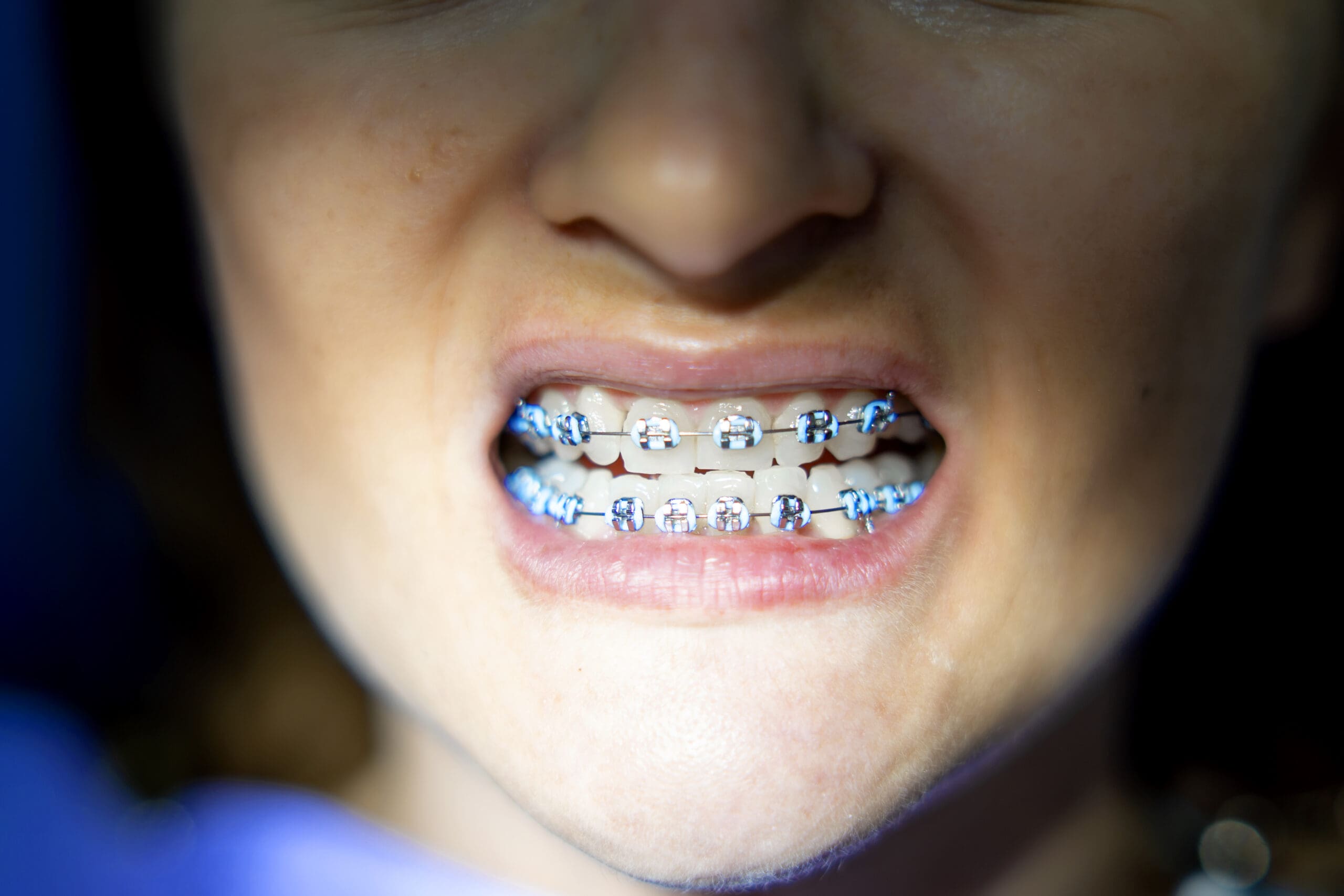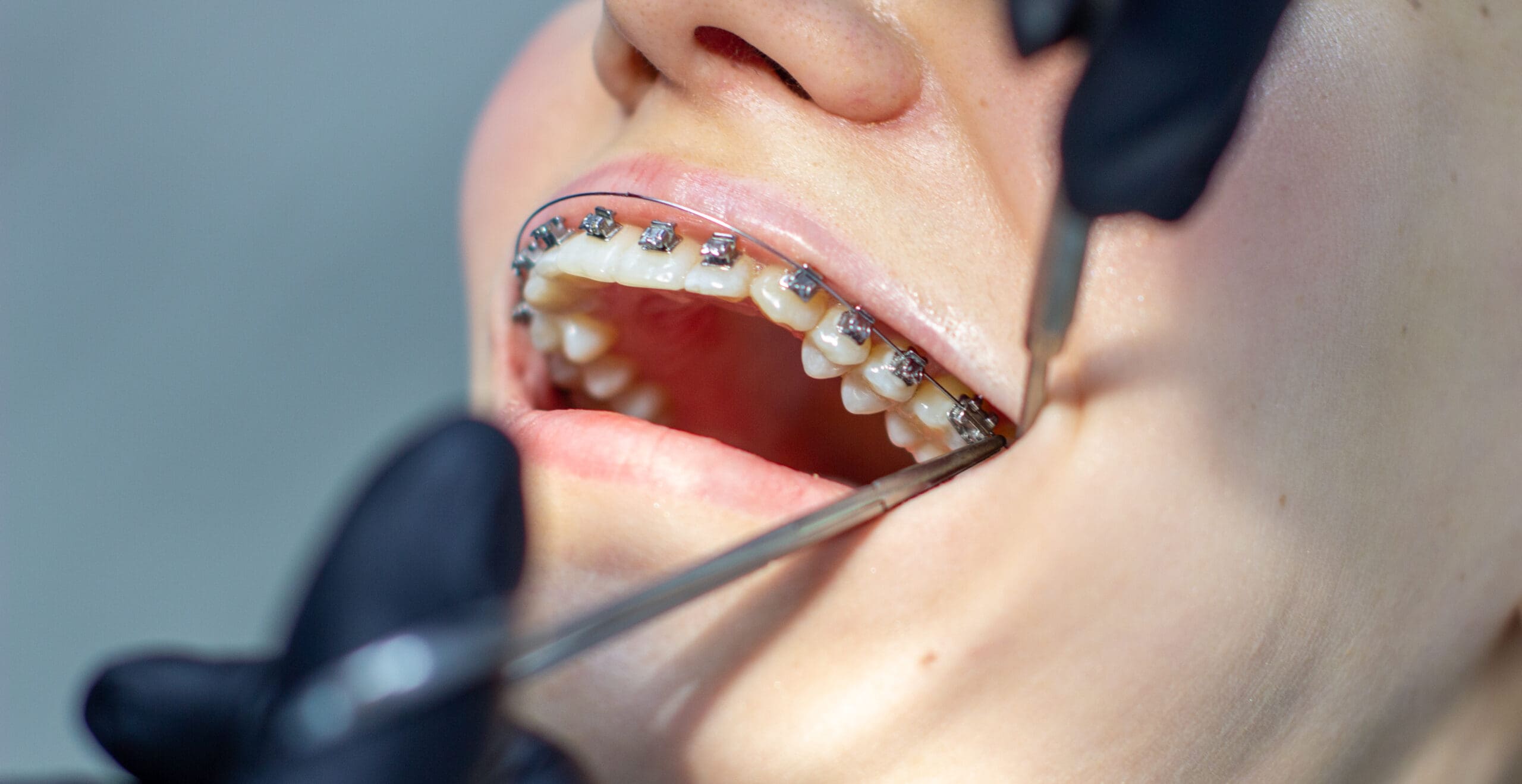
Braces are a major step for any teenager. It’s not just about straightening teeth—it’s about helping them feel more confident and building healthy habits that can last a lifetime. At Smilebliss in Marietta, we focus on making that journey smoother, more comfortable, and even enjoyable for your teen.
From choosing the right type of braces to helping them adjust to daily routines, there are plenty of ways you can support your teen through the process. With the right care, tools, and mindset, the transition doesn’t have to feel overwhelming—for you or your child.
If you’re ready to give your teen a healthier, more confident smile, contact us today to schedule a consultation.
The teenage years are ideal for orthodontic treatment. During this stage, the jaw and teeth are still developing, which allows for easier and more effective movement. When addressed early, alignment issues can often be corrected before they lead to more serious problems.
Braces help improve more than just appearance. A proper bite makes chewing and speaking easier and can prevent uneven wear, jaw tension, and oral hygiene problems down the line.
Some signs may seem small at first but could point to bigger issues as your teen grows. Keep an eye out for:
Recognizing these signs early can help avoid more involved treatments in the future.
 Several factors can lead to misaligned teeth or jaw positioning:
Several factors can lead to misaligned teeth or jaw positioning:
These causes affect more than just how teeth look—they often impact chewing, speech, and how easy it is to clean the teeth properly.
When teeth aren’t aligned, even basic actions like chewing can become uncomfortable or inefficient. Your teen might begin avoiding certain foods, eating more slowly, or complaining about soreness during meals. In some cases, poor chewing can lead to digestion problems.
Braces bring teeth into better alignment, making it easier and more comfortable to eat a variety of foods while supporting proper digestion.
Straightening teeth has more benefits than appearance alone. Crowded or crooked teeth are harder to keep clean. That can increase the risk of plaque buildup, bad breath, and tooth decay. Proper alignment supports easier hygiene, better oral function, and a healthier bite.
Braces also help improve how the upper and lower teeth come together, relieving tension in the jaw and reducing the risk of uneven wear. Each Smilebliss treatment plan is designed with your teen’s needs and future in mind.
Different options are available depending on your teen’s orthodontic needs and lifestyle. Here’s a breakdown of what we offer:
These are durable and effective for correcting a wide range of issues. Made from stainless steel, they’re ideal for complex adjustments. Your teen will need to adapt their oral care routine and avoid certain foods that could damage the brackets—but many enjoy personalizing them with colorful bands for a fun twist.
Clear aligners are removable trays made from nearly invisible plastic. They’re ideal for teens who are consistent with wearing them and want something less noticeable. Since they can be removed during meals and brushing, they make hygiene easier—but full-time wear is important to keep treatment on track.
 Braces bring exciting change—but they can also feel like a big adjustment. Preparing your teen before treatment begins makes a huge difference in how they adapt.
Braces bring exciting change—but they can also feel like a big adjustment. Preparing your teen before treatment begins makes a huge difference in how they adapt.
Let your teen know they might feel soreness in the first few days or after adjustments. It’s a natural part of the process and usually fades quickly.
Some families start treatment over summer break to give teens more time to adjust without added stress. Focusing on the long-term benefits can help shift their perspective from short-term discomfort to long-term rewards.
The initial appointment includes a full evaluation, 3D imaging, and a conversation about the treatment plan. Regular follow-ups include adjustments or new aligner trays, depending on the type of braces used.
Some mild discomfort is normal after these visits, but taking an over-the-counter pain reliever like ibuprofen beforehand can help. These visits are also a chance to ask questions and check progress.
The right tools can make daily life with braces much easier:
Despite the expected discomfort, there are straightforward steps you can take to make sure your teen is comfortable
Expect some pressure or soreness when braces are first applied or adjusted. Let your teen know this is temporary and part of the process.
If brackets or wires are irritating the cheeks or lips, apply wax directly to those spots. It creates a smooth barrier and prevents rubbing.
Mix half a teaspoon of salt in a cup of warm water. Have your teen swish it around their mouth to help relieve soreness or irritated spots.
Using a cold pack on the outside of the jaw can reduce swelling and soothe discomfort after adjustments.
If needed, ibuprofen or another recommended over-the-counter pain reliever can reduce discomfort. Follow the dosage instructions based on your teen’s age and weight.
Encourage meals that require little chewing—think scrambled eggs, smoothies, oatmeal, or soup—until the soreness fades.
Daily cleaning is even more important with braces. Orthodontic brushes, floss threaders, and water flossers can help your teen clean around wires and brackets effectively.
If a bracket becomes loose, a wire pokes the inside of the cheek, or your teen experiences discomfort that doesn’t go away—reach out.
Our team at Smilebliss is here to make any adjustments your teen needs and keep their treatment progressing smoothly. Regular visits also help us spot and resolve small issues before they become big problems.
Orthodontic treatment can feel overwhelming for teens, but it doesn’t have to be. With the right care, habits, and support, your teen can stay comfortable while working toward the confident smile they’ve always wanted.
At Smilebliss in Marietta, we’re with your family every step of the way. From that very first consultation to the final adjustment, we’re here to guide your teen through the process with comfort and care.
Call us today to schedule a consultation. Let’s give your teen a smile they’ll be proud to show off—every single day.